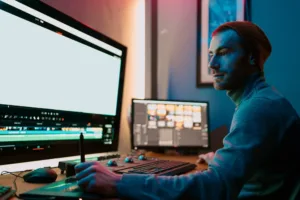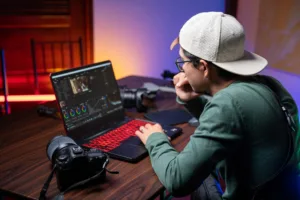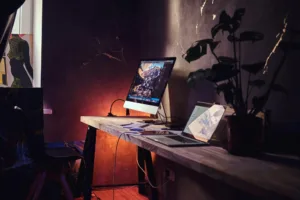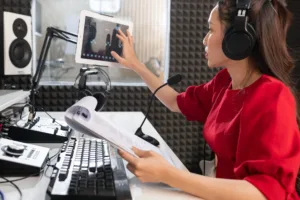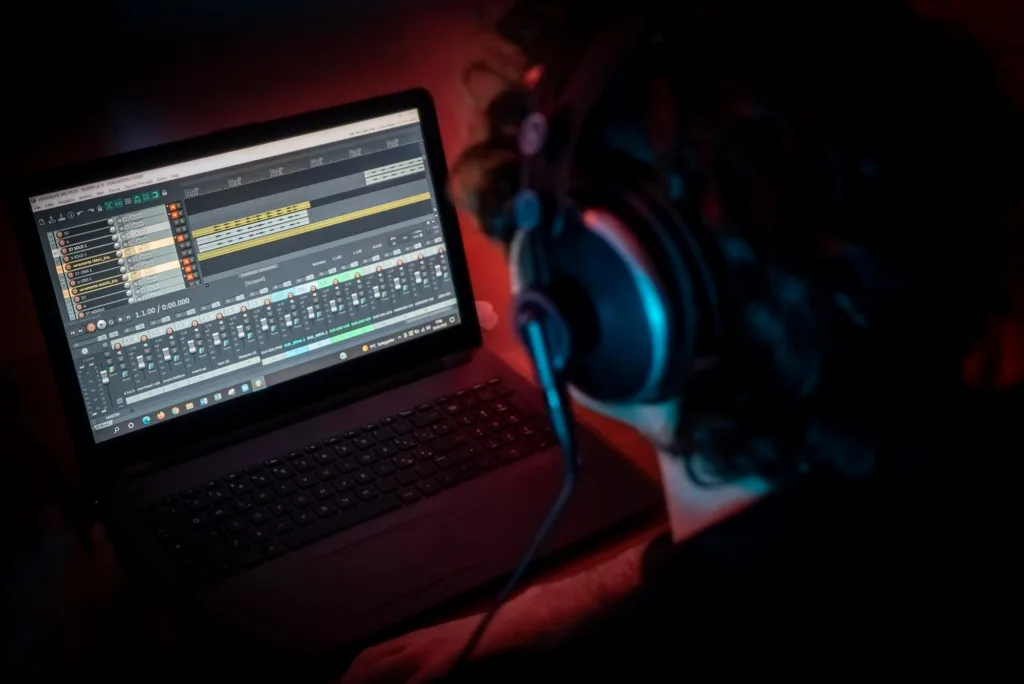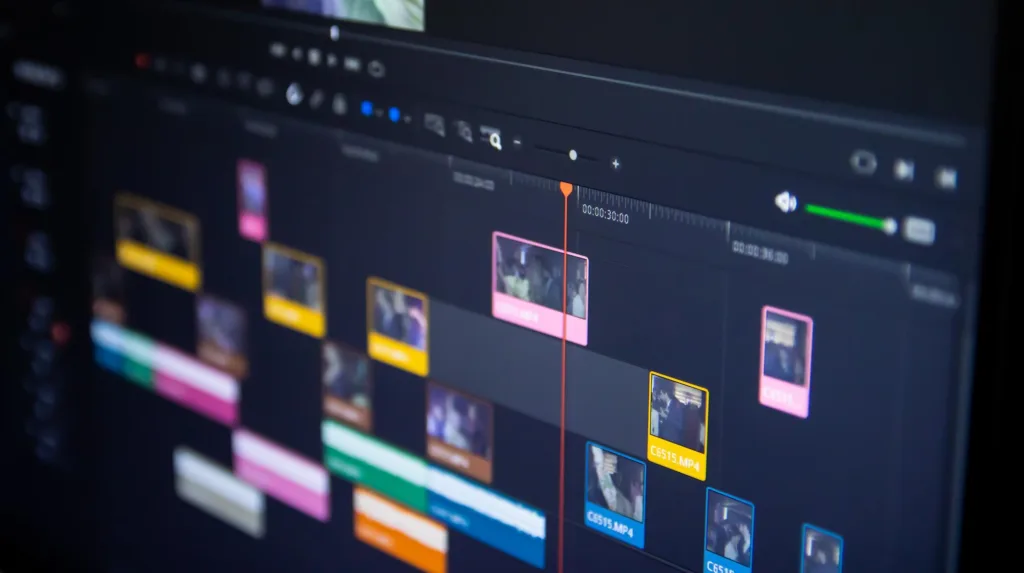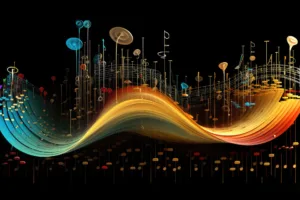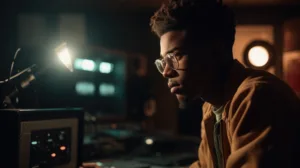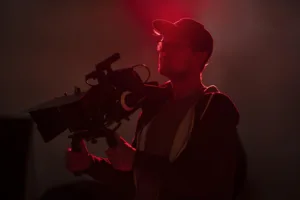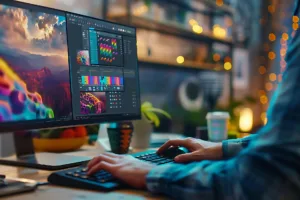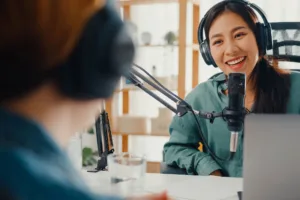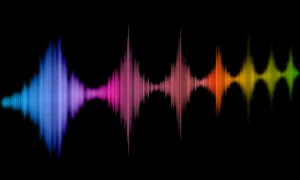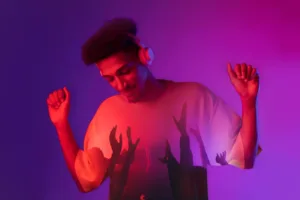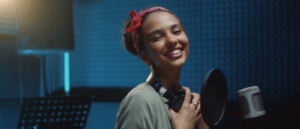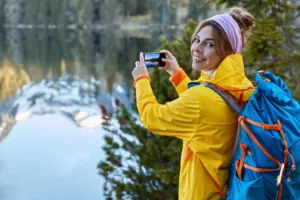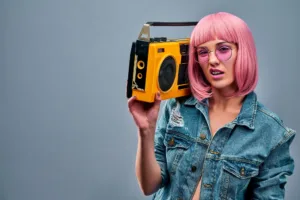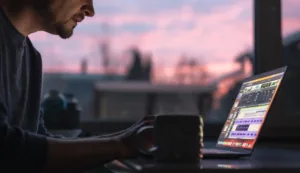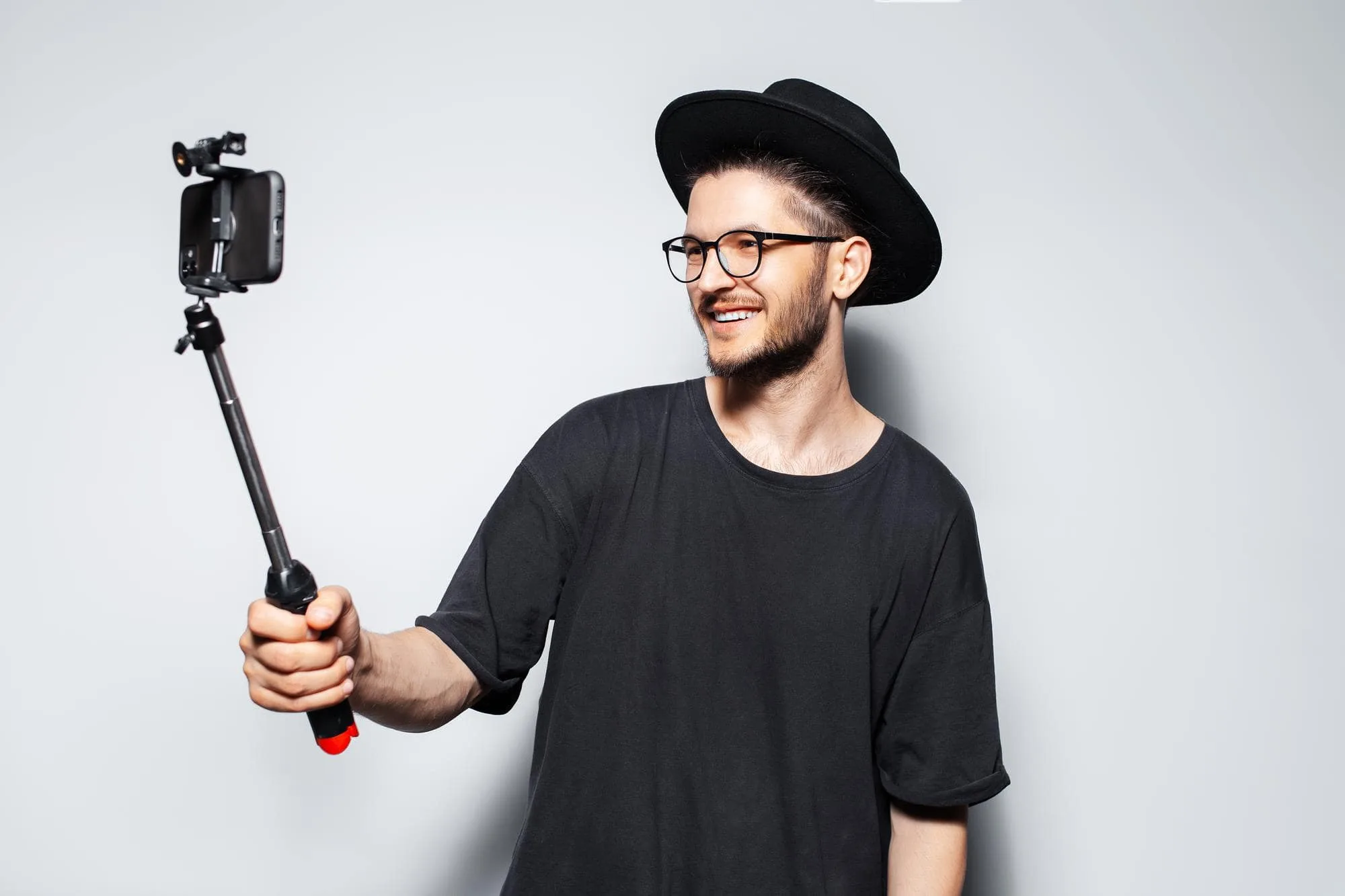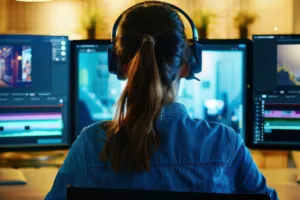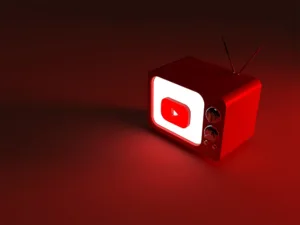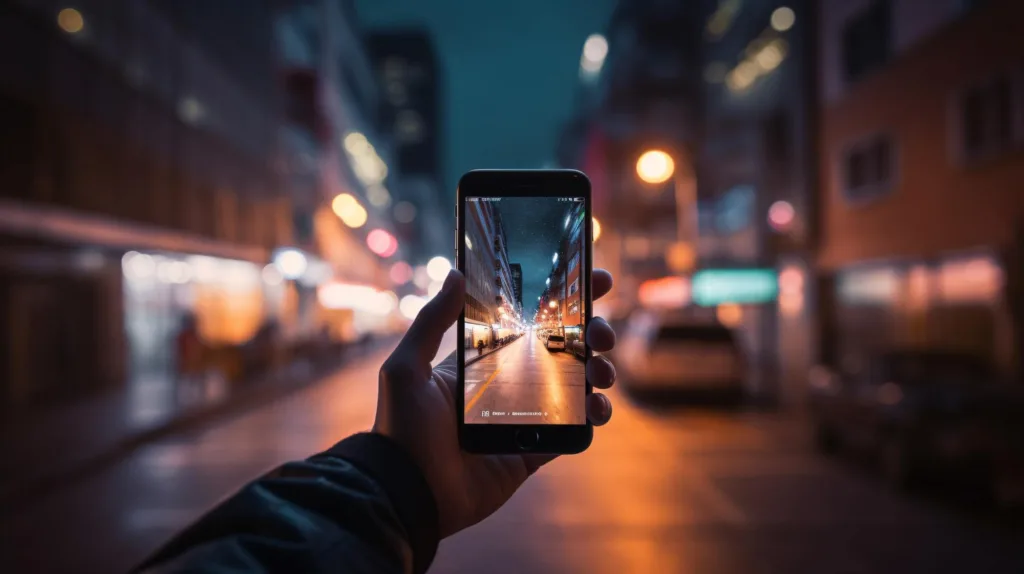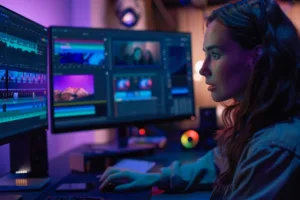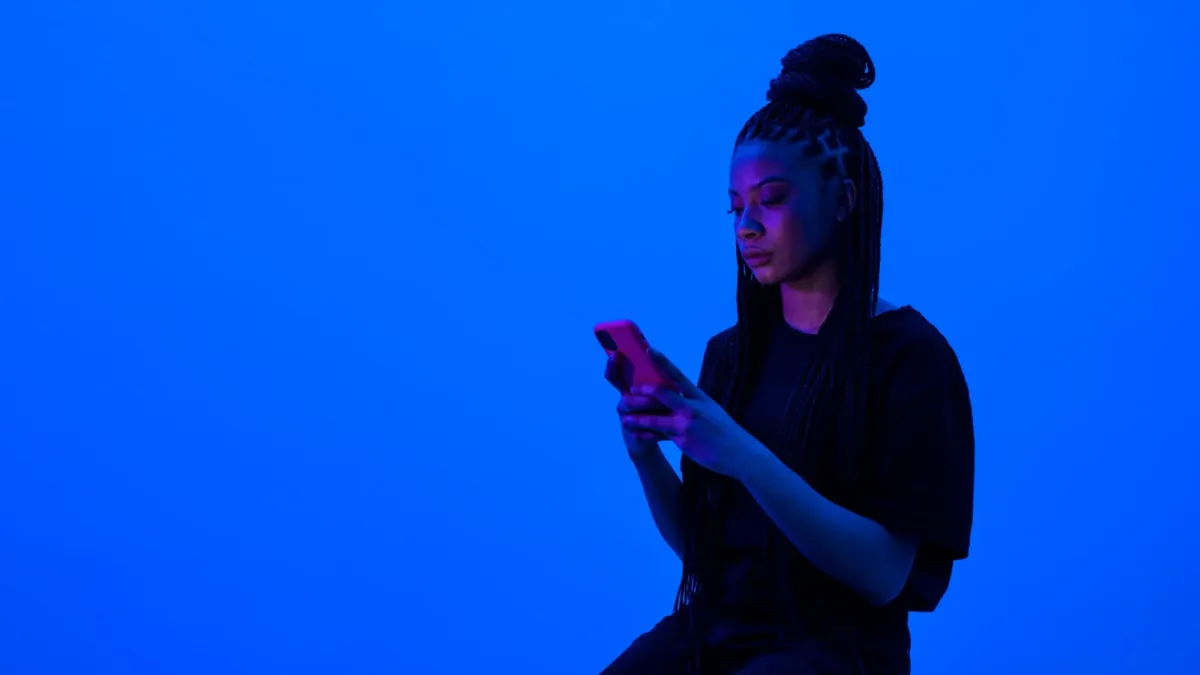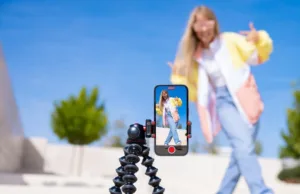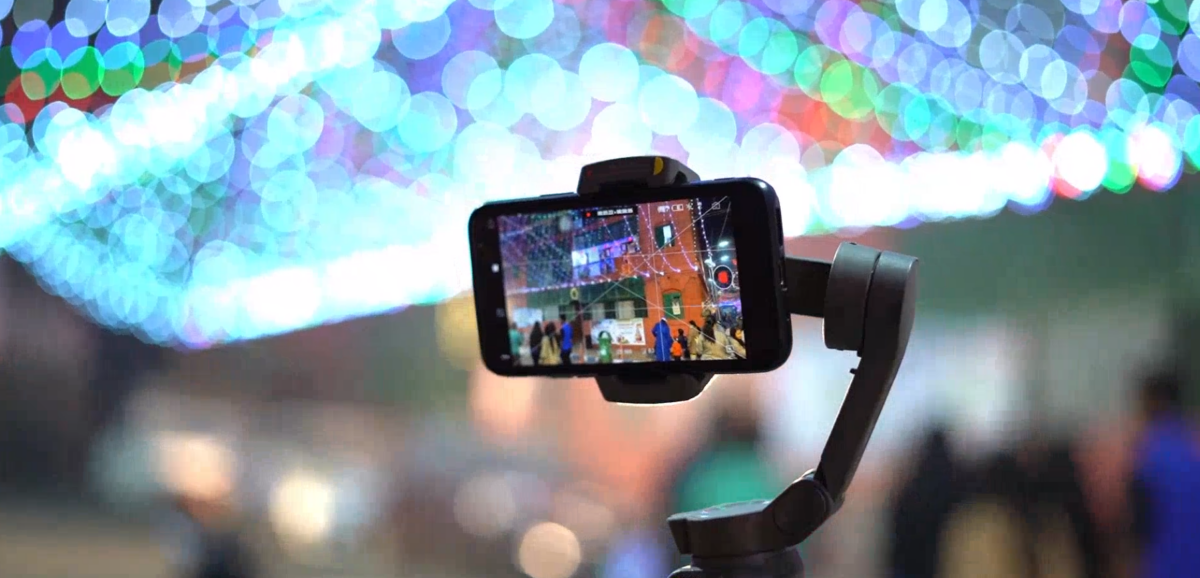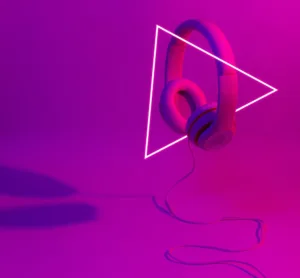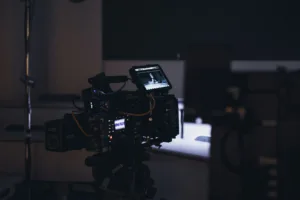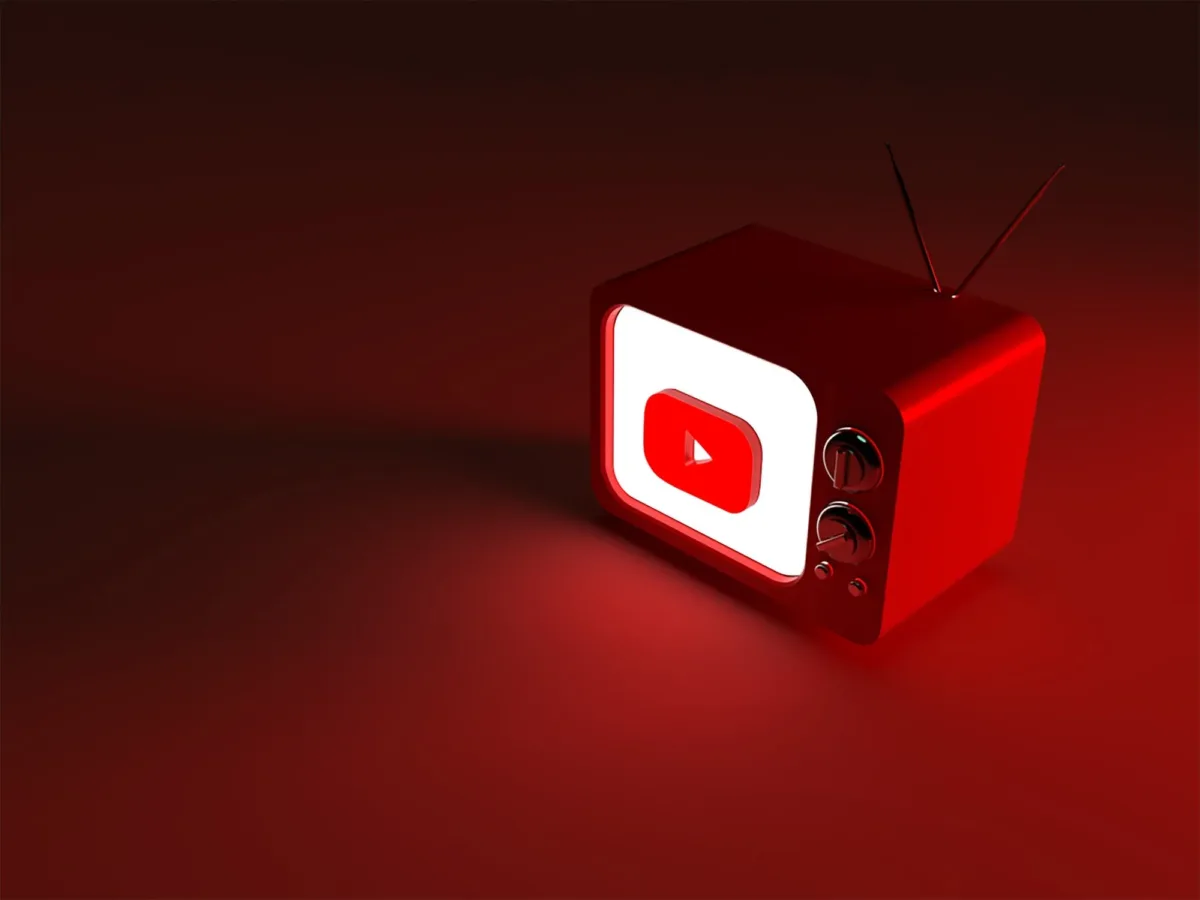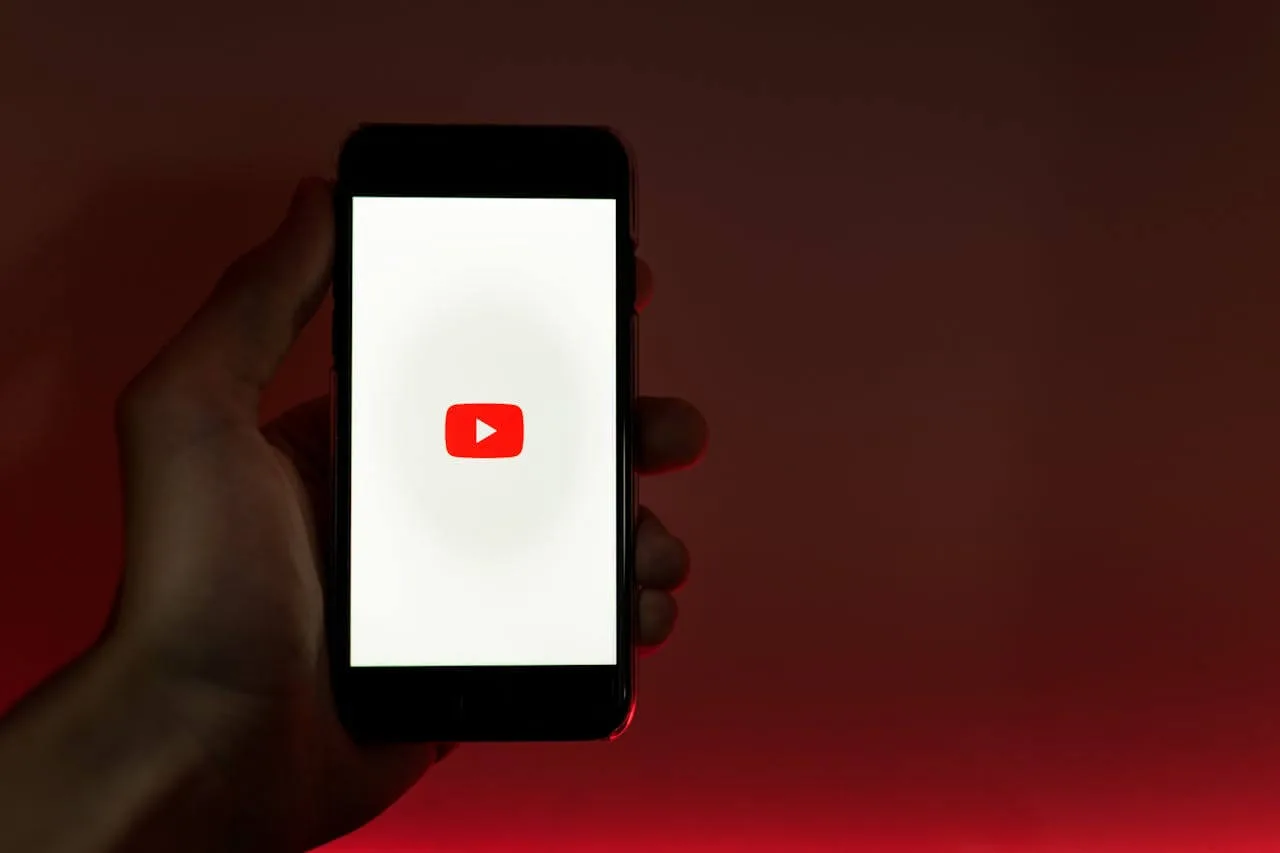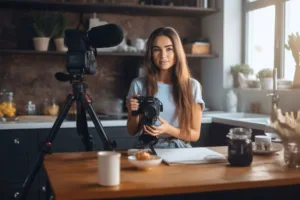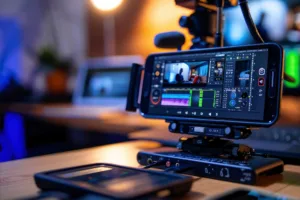How to Edit a YouTube Video.
Hey there, aspiring YouTube sensation! So, you’ve finally decided to dip your toes into the magical realm of video editing, huh? Do you know how to edit a YouTube video. Well, buckle up because we’re about to embark on a hilarious roller coaster ride of editing shenanigans!
In this guide, we’ll take you through the fabulous world of editing a YouTube video using the ever-so-charming TuneCutter. Get ready to turn your raw footage into a masterpiece that would make Spielberg himself shed a tear (of laughter, that is). Let’s dive in, shall we?
Chapter 1: Embracing Your Inner "Geeky" Genius
Before you start cutting and slicing your footage, it’s essential to understand the basics. Familiarize yourself with the intricacies of TuneCutter. Take a moment to appreciate the buttons, sliders, and all those mind-boggling technical terms that make you feel like you’ve stumbled upon a secret laboratory.
Remember, it’s not just about editing; it’s about embracing your inner “geeky” genius. Channel your inner Steve Jobs and conquer that editing suite!
Chapter 2: Organizing Your Footage (AKA "Finding That One Clip")
Ah, the thrill of searching for that one perfect clip in a sea of footage! It’s like finding a needle in a haystack, except the needle is your sanity, and the haystack is your chaotic video folder. But fear not! TuneCutter comes to the rescue with its intuitive library organization system.
Create folders, name them, and bask in the glorious moment when you finally locate that perfect clip you shot six months ago. Victory is yours!
Chapter 3: The Art of Cutting and Splicing (Without Losing a Finger)
Now, it’s time to don your virtual surgeon hat and get down to business. Cutting and splicing clips can be a delicate process. One wrong move, and your video might look like a Picasso painting on acid.
Use TuneCutter’s precise editing tools to trim, slice, and rearrange your clips. It’s like playing Operation, but instead of removing body parts, you’re sculpting a captivating narrative. Just be careful not to lose a finger in the process (figuratively speaking, of course).

Chapter 4: Adding Special Effects (Because Who Doesn't Love a Good Explosion?)
Want to take your video to the next level? Cue the explosions, confetti cannons, and flying unicorns! TuneCutter offers an array of special effects to sprinkle some magic onto your creation. Turn that mundane vlog into an action-packed adventure or add a touch of whimsy to your cooking tutorial.
But remember, my friend, with great power comes great responsibility. Use those effects sparingly, unless your goal is to blind your viewers with a psychedelic overload.
Chapter 5: Fine-Tuning Your Masterpiece (AKA The Nitpicky Phase)
Congratulations! You’ve almost made it to the finish line. Now it’s time to fine-tune your video with finesse. Adjust the brightness, contrast, and color saturation to make your footage pop like a bag of freshly microwaved popcorn.
Experiment with different audio levels, because who needs to hear their own voice anyway? And don’t forget to add those snazzy transitions, because nothing screams “I’m a pro” like a fancy wipe or dissolve. Your masterpiece is now in its final stages of evolution.
Chapter 6: Exporting and Sharing (AKA "It's Showtime!")
You’ve put your heart, soul, and a ridiculous amount of energy into editing your video. It’s time to share your creation with the world! TuneCutter allows you to export your video in various formats, catering to YouTube’s whims and desires.
Click that export button with the confidence of a magician pulling a rabbit out of a hat, and voila! Your masterpiece is ready to be unleashed upon the unsuspecting masses. Brace yourself for the inevitable flood of praise and adoration.
Conclusion.
Congratulations, you video-editing maestro! You’ve conquered the art of editing a YouTube video with TuneCutter and emerged victorious from the quirky world of post-production madness. Remember, editing is not just about assembling clips; it’s a symphony of creativity, geekiness, and a dash of insanity.
Embrace the process, have fun, and who knows, you might just become the next YouTube sensation. Now go forth, armed with TuneCutter and your newfound knowledge, and create videos that will leave the world laughing, crying, or scratching their heads in utter confusion. Happy editing!







